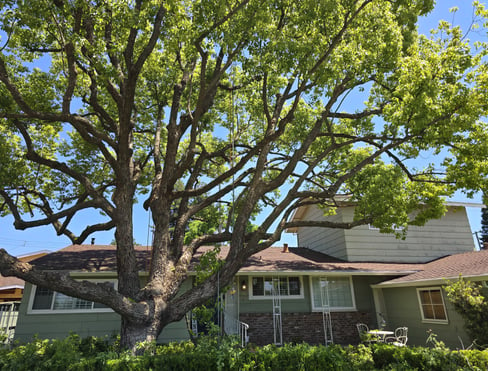
Our services
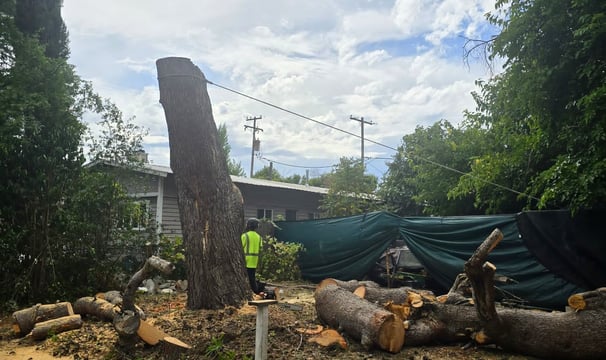

TREE REMOVAL
Tree removals are crucial for maintaining safety and health in both urban and natural environments. Dead or dying trees can pose significant dangers, including the risk of falling branches or whole trees during storms, which can cause injury or damage to property. Additionally, decaying trees attract pests and diseases, potentially spreading these issues to nearby healthy vegetation. By proactively removing hazardous trees, we not only protect our communities but also promote the overall health of our ecosystems. Moreover, tree removals create space for new growth, allowing healthier plants to thrive and enhancing the aesthetics of our surroundings. Ignoring the signs of tree decay can lead to dire consequences, emphasizing the importance of timely assessment and action regarding tree health.
TREE TRIMMING
Tree trimming is essential for maintaining the health and appearance of trees, as well as ensuring safety for people and property. Regular trimming removes dead or diseased branches, which can prevent the spread of pests and diseases, contributing to the overall vitality of the tree. It also encourages healthy growth by allowing more sunlight to penetrate through the canopy and improving air circulation. Moreover, strategically trimming trees can enhance their shape and aesthetics, making landscapes more visually appealing. Safety is another crucial aspect, as overgrown branches can pose hazards during storms, potentially damaging homes or vehicles. By investing in regular tree trimming, homeowners can protect their investments, support local ecosystems, and enhance the beauty of their surroundings. Overall, routine trimming promotes the longevity and resilience of trees, benefiting both nature and the community.
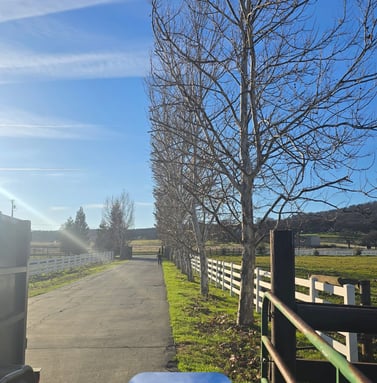

STORM EMERGENCY
Tree service storm emergency refers to the specialized assistance provided to address the damage caused by severe weather events, such as storms or hurricanes. These services are crucial for ensuring safety and preventing further property damage, as downed branches and uprooted trees can pose significant hazards. During storms, we assess the extent of the damage and efficiently remove debris, making roads and pathways safe for travel. Additionally, we help mitigate risks to homes and other structures by removing trees that are leaning or damaged. Timely intervention not only restores order to affected areas but also protects the environment by responsibly managing fallen trees and branches, promoting recovery in the aftermath of a storm.
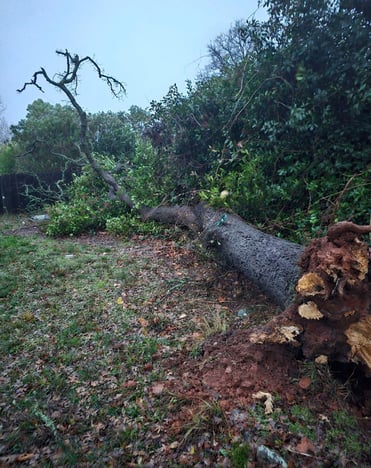

STUMP GRINDING
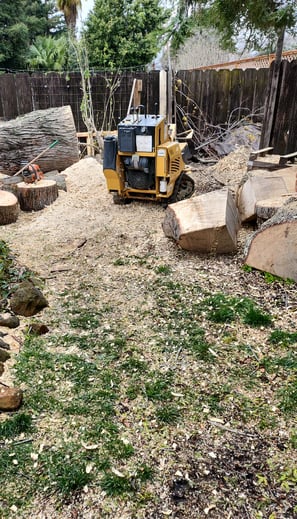

Stump grinding is a tree removal process that focuses on eliminating the remaining stump and root system after a tree has been cut down. The procedure begins by assessing the stump's size and location, which helps determine the appropriate equipment and technique. A specialized machine known as a stump grinder is then used; this powerful device features sharp, rotating blades that chip away the wood. The operator positions the grinder over the stump and slowly grinds it down, typically to a depth of 6 to 12 inches below ground level. As the grinder works, it creates wood chips, which can be repurposed as mulch or removed entirely. Once the stump is ground down, the area can be filled with soil or left for natural decomposition. This process not only enhances the landscape's appearance but also prevents issues such as pests or disease associated with decaying stumps.
Tree pruning is a horticultural practice aimed at promoting healthy growth and enhancing the overall appearance of trees. The process begins with assessing the tree's structure to identify problematic branches, including those that are dead, diseased, or crossing. Pruning tools like bypass pruners, loppers, and saws are employed, ensuring they are sharp and clean to prevent infection. The best time to prune most trees is during their dormant season in late winter or early spring when the risk of sap loss is minimal. Cuts should be made at a slight angle just outside the branch collar to facilitate healing. Additionally, thinning out branches can improve air circulation and sunlight penetration, fostering a robust canopy. Regular pruning not only helps in maintaining the tree's health but also contributes to safety by reducing the risk of falling limbs. Ultimately, careful pruning nurtures a vibrant urban or garden environment.
TREE PRUNING
